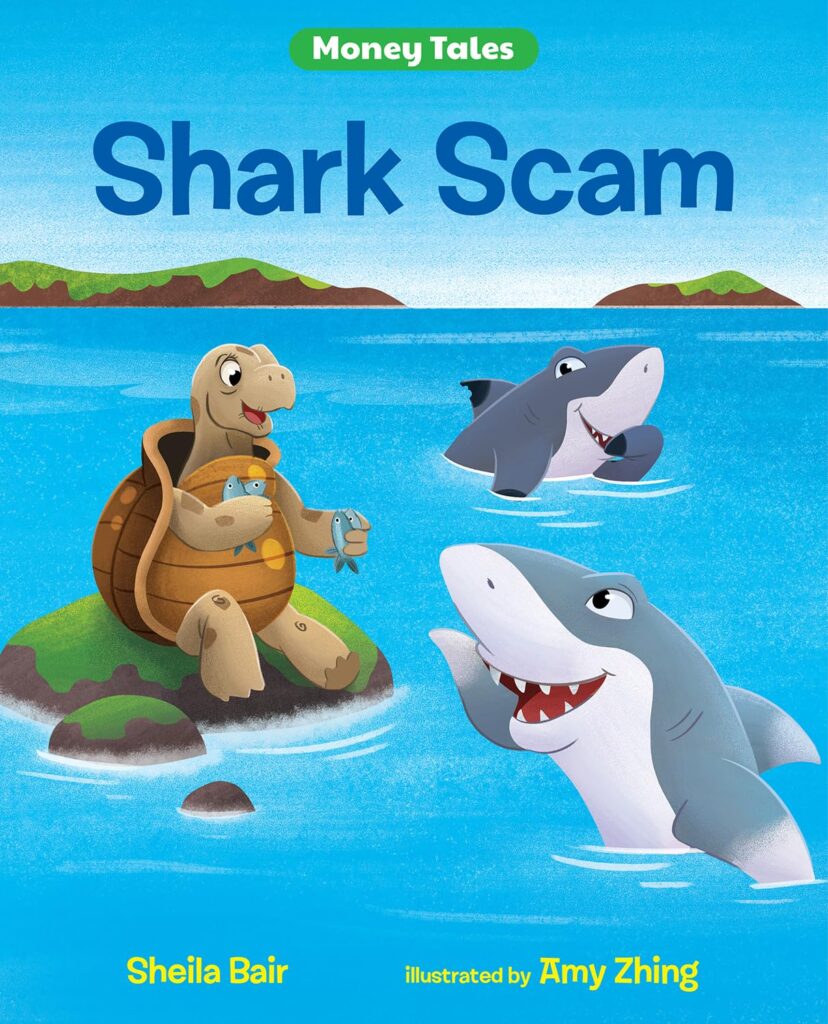
Content Partner
Grades 3-5

Don't have an account yet? Sign up for free
Don't have an account yet? Sign up for free


This lesson guides students through web sites that examine careers that are typically of interest to 3rd- through 5th-grade students. By completing the steps outlined in the lesson, the students will explore careers and report their findings.
Before starting the lesson, ask the students  what the terms labor and wages mean. Also, ask the students if they know what human capital means. Once you have discussed what these three terms mean and the relationships they have with one another, move on to the main parts of the lesson.
what the terms labor and wages mean. Also, ask the students if they know what human capital means. Once you have discussed what these three terms mean and the relationships they have with one another, move on to the main parts of the lesson.
First, ask the students if they have thought about what they would like to be when they grow up. What do they know about careers and jobs that interest them? Tell them that this lesson will give them a chance to learn about different careers. They will be able to start thinking about what they want to be, or maybe they will decide what they do NOT want to be!
A day in the life of a veterinarian : A routine day in the life of a veterinarian from The University of Georgia.
Veterinarian Quiz View Interactive ActivityOnline answer form
A day in the life of a ballet dancer: Find out what a routine day is like in the life of a ballet dancer.
View Interactive Activity
A day in the life of a space walker: A routine day in the life of an astronaut from NASA.
View Interactive Activity
Site 1:
https://www.bls.gov/k12/ – The students will choose a subject area (Musical Arts, Math, Science, P.E./Outdoors, Social Studies, Reading) that interests them in school from the BLS Kids Site and read about a career within this subject area.
Site 2:
America's Career InfoNet
This site is sponsored by the U.S. Department of Labor, and career videos are available for almost 300 occupations from the site's Career Resource Library. Here the students can view a video about the career they are considering.
This lesson guided the students through web sites that present information on careers they may choose as adults. They have learned what the terms labor , wage , and human capital mean and how they relate to one another. The students have learned that people invest time and money in an education to gain skills to improve their chances in the labor market. They also have explored jobs that interest them, and they now have a better understanding of what those jobs are like. In addition, the students should be aware of how supply and demand affect the income one makes. The goal is for students to have started to think about what they want to be, or maybe they will have decided what they do NOT want to be!
https://www.bls.gov/k12/ – More detailed information on occupations can be found on this site.
Have students go to the http://www.stepfour.com/jobs/jobs.php website. Students who are emerging readers may find this site more appropriate for their reading level. At "Job Genie," there are descriptions of different occupations with stories that describe the day-to-day tasks for each occupation.
Exploring Jobs:
|
Artist |
Professional Athlete |
Doctor
|
|
Camera Operator |
||
|
Chef |
Retail Sales |
|
The last three questions on the worksheet require the students to reevaluate the career they investigated. Ask the students to share their career exploration with an adult as homework for the evening. They may be able to get information from a trusted adult about pay, working conditions and job availability in their area. This information could be shared in a written or oral report.

Content Partner
Grades 3-5

Grades K-2, 3-5

Grades K-2, 3-5

Grades K-2
